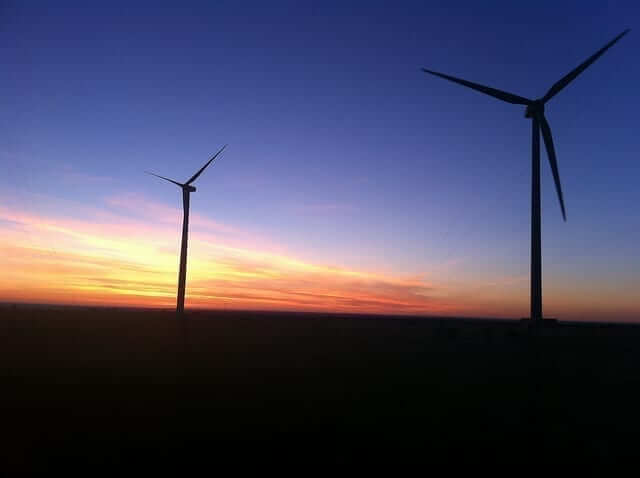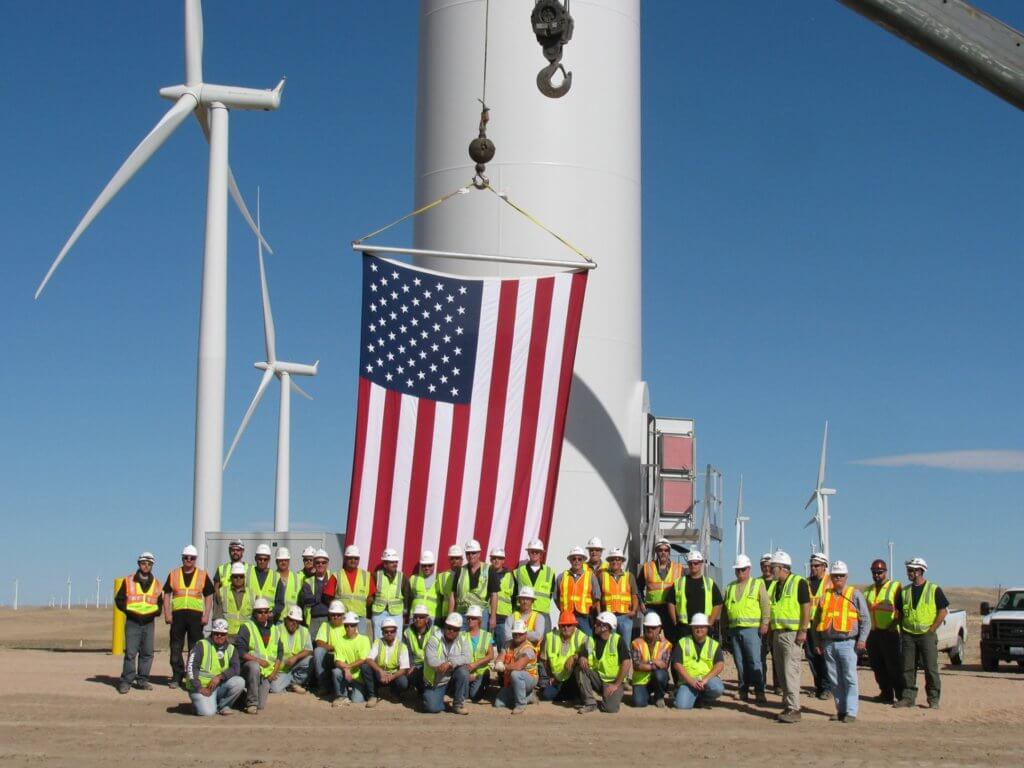Fact check: wind turbines produce much more energy than they consume
This is a guest post by Ketan Joshi, originally posted at Infigen Energy, where Joshi works as a Research and Communications Officer.
Wind turbines generate lots of energy.
Over the course of 2014, a single three megawatt turbine at Infigen’s Lake Bonney wind farm generated 7,327 megawatt hours. For comparison, an average Australian household consumes about 6.6 megawatt hours over a year.
Despite these verifiable facts, there’s a set of persistent myths that seem to imply turbines don’t generate a lot of power, including one that seems to focus heavily on the consumption of electricity by wind turbines during periods of non-generation. You can see an example of this in this article, published in the UK’s Daily Mail.

The number of megawatt hours consumed and generated by a single turbine at Lake Bonney wind farm over 2014. The ‘consumption’ is barely visible, relative to generation.
The quantity of power the turbine drew from the grid over the year is so small, relative to the amount of power it output, that we had to make an incredibly long chart for the ‘consumption’ section to be even visible. After generating 7,327 megawatt hours, the turbine consumed only 12.7 megawatt hours. Broken down by month:

For the turbine in question, consumption was around 0.1% of total generation – so next time you see a story telling you that turbines are drawing power from the grid- stop and ask: “how much, relative to production?”. The 2009 ACIL Tasman report “Fuel resource, new entry and generation costs in the NEM” quantifies generator consumption – they refer to it as ‘auxiliary load’: “Auxiliary load is an electricity load used within a power station as part of the electricity generation process – that is, it is an electricity load used in the making of electricity”
As we saw, the turbine in question has a 0.1% auxiliary – let’s compare this to the large-scale thermal power stations discussed by ACIL:

As we can see, even the least power-hungry thermal power stations consumes twenty times more power, as a percentage of energy sent out, than our example wind turbine. So, here’s another question to ask the skeptics: what about coal and gas? How much power do they eat up, during normal operation? Have you compared this to wind turbines?




